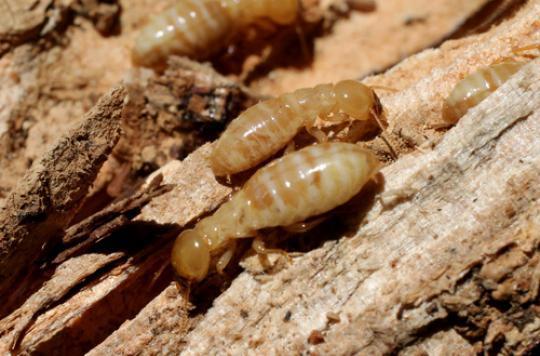The invasive insects cause extensive damage, the cost of which is estimated to be at least 69 billion euros per year worldwide.

Insects don’t just bite us, scare us and spread the deadliest diseases. They also have the art and the way of ruining us. A CNRS study published in the journal Nature assesses the economic cost associated with the activity of invasive insects. Suffice it to say: the bill is steep.
$ 69 billion
Each year, these pests cause at least 69 billion euros in damage worldwide – and again, the figure is “vastly underestimated”, say the authors. It must be said that to do this, insects have large numbers, with some 2.5 million species listed … and a vivid imagination.
Indeed, the damage in question is multiple in nature. Destruction of crops and reserves, destruction of infrastructure, devastation of forests, disruption of ecosystems, damage to agricultural goods and services, health, etc. The activity of invasive insects (proliferating outside their natural environment) is particularly harmful .
Termite and ringworm
The most destructive of all is the Formosa termite (Coptotermes formosanus), this adorable translucent-looking creature imported from Japan by the GI’s at the end of World War II. Hope is proliferating in the United States, attacking wooden houses and causing buildings to collapse, at a global cost estimated at 26.7 billion euros.
Another species, derived from butterflies, contests for the first place on the podium: the cabbage moth (Plutella xylostella). Do not be seduced by its romantic name and its slender appearance. This pest will quickly engulf your cabbage crops. Global cost: 4.1 billion euros per year – but here too, the figures underestimate the phenomenon, for lack of available data.
“Insects as a whole weigh particularly heavily on agriculture by consuming 40% of consumer goods (the equivalent of what could feed a billion human beings)”, note the authors.
6.1 billion for health
Health, meanwhile, is not to be outdone. The sector has to cut a budget of 6.1 billion euros because of diseases attributable to invasive insects. Thus, dengue fever appears to be the most expensive disease (84% of expenses). West Nile virus accounts for 15%. Malaria was not counted, as its prevalence is linked to a mosquito that officiates in areas where it is naturally present, just like the Zika virus.
“Greater vigilance and the implementation of procedures to respond to a biological invasion would save society tens of billions of euros,” write the authors. These preventive measures could cut the costs of mosquito-borne illnesses at least tenfold ”. All the more so as global warming and the internationalization of trade will allow invasive insects to colonize new territories.
.

















